Energy is everything. We forget this until we lose power in our home during a storm. Then it becomes clear how dependent we are on energy.
As US Congressman Thomas Massie (who lives off grid) says, the electric line is like an “umbilical” cord that connects you to the “matrix” and “government has a lot of control over your life with that one little wire.”
Ultimately, there is no independence without a private source of energy. Investing in energy independence at your primary properties is more valuable than parking money in an index fund.
It’s a critical time to invest in self-sufficient energy, because gas is nearing $4/gallon again and average electricity rates in the United States have gone up by 20% since COVID.
And we’re at a time when the demand for energy keeps going up due to electric cars, AI, robots and more; electric grids are already being pushed to the max and the strain on personal budgets is palpable. It’s not just about the costs anymore—it’s about reliability.
The fragility of modern energy systems is starkly evident. Brownouts and blackouts have become unsettlingly common, exacerbated by the increasing strain on the grid. In this rapidly changing landscape, personal energy independence is no longer a luxury—it is a necessity for long-term security and financial freedom.
Although things would have to get extremely crazy for the government to cut off your electricity, it’s not out of the realm of possibility. Here is an actual CNN headline during COVID: “Los Angeles can cut off power and water at properties hosting parties during the pandemic.”
If “they” feel like they’re losing control, they can regain it very quickly by controlling access to energy. So prepare accordingly.
In short, energy independence offers freedom from the volatility of the energy market, natural disasters, and government overreach. When you produce your own power, you are no longer beholden to fluctuating fuel prices or unpredictable grid outages.
This independence provides peace of mind and long-term stability, protecting you from energy inflation and the constant threat of grid failures. In that way, it is truly priceless.
Invest First in Self-Sufficient Energy
In my view, investing $40K in a fully off-grid power system is paramount to investing in the stock market. Once you have your physical independence in place, you’ll have an extra $200-$400 per month to invest in anything you want because you won’t have an electric bill.
Additionally, tax credits, rebates, and grants may save you up to 30% of the installation costs for solar panels, batteries, and other energy-saving technologies. Also, by going off-grid, you avoid paying the 10%+ taxes and fees to the government in every electric bill! And you can save even more money and pay fewer taxes if you charge an electric car charged by your off-grid system!
Energy Solutions for Personal Independence
There are multiple ways to reduce your dependency on the grid using back-up power with as little as $100 invested. Obviously, full energy independence has a significant cost and may not even be possible in areas with low solar coverage. However, the solutions outlined here will get you through most emergencies and give you a priceless level of independence.
Off-Grid Solar Power Systems
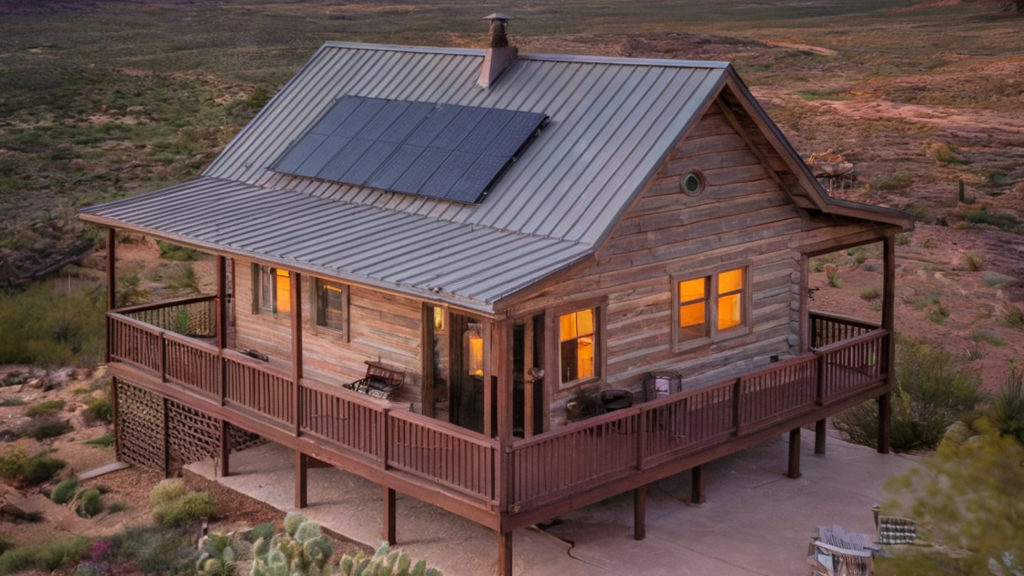
Solar panels offer a direct route to energy independence. By capturing sunlight and converting it into electricity, you can reduce or even eliminate their reliance on traditional power grids. Solar technology has come a long way, making it more affordable and efficient than ever before.
The cost of installing a rooftop solar system has decreased over the past decade, while federal and state tax incentives have made it even more appealing. However, solar on its own isn’t always sufficient, particularly during the night or on cloudy days.
This is where battery storage comes in. By pairing solar panels with home battery systems, individuals can store excess energy during the day and use it during periods of peak demand or grid outages, ensuring a continuous supply of electricity.
The cost of an off-grid solar power set-up with batteries for an average suburban home is between $45K-$65K (before incentives). Assuming an average electric bill of $300/month, these systems pay for themselves in about 15 years. But the true value is having 100% independence!
Home Battery Systems
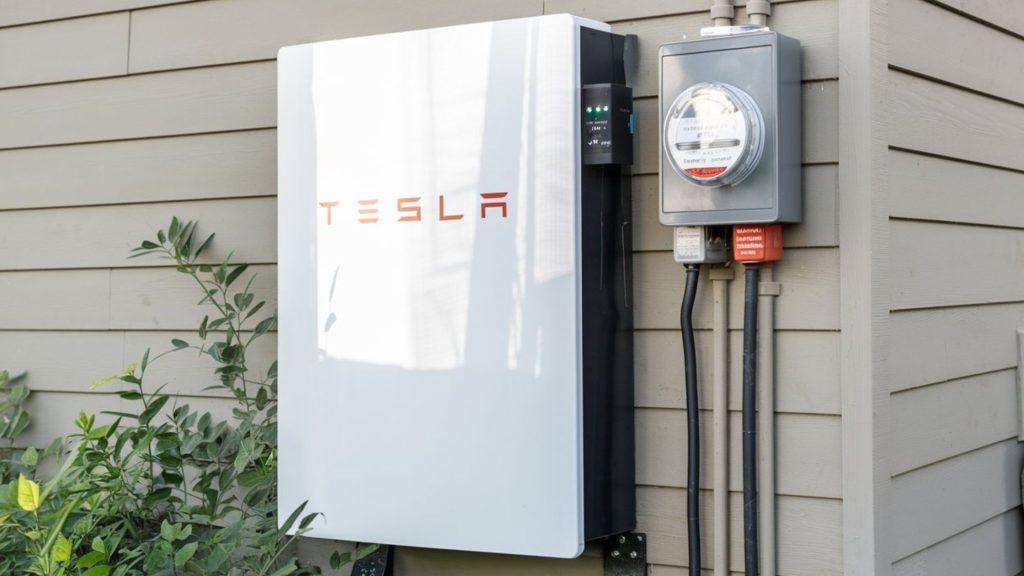
Home battery technologies, such as the Tesla Powerwall or ECOFLOW’s Portable Power Station, are revolutionizing how households manage their energy consumption. These batteries allow homeowners to take advantage of time-of-use energy pricing by charging during off-peak hours—when electricity is cheaper—and discharging during peak times, effectively reducing energy costs.
Rates are different everywhere, but look at the numbers from where I live in Washington state: In April 2024, on-peak rates were around 28 cents per kilowatt-hour (kWh), while off-peak rates were around 10 cents per kWh.
Peak rates are nearly TRIPLE the cost as off-peak rates!!! Applying this strategy in my state could lower electric bills by more than half. So the home battery would pay for itself within 4-6 years.
More importantly, home batteries provide a crucial safety net during grid outages. Whether used in conjunction with solar or as a standalone energy management solution, these batteries empower you to maintain control over their energy needs, regardless of external conditions.
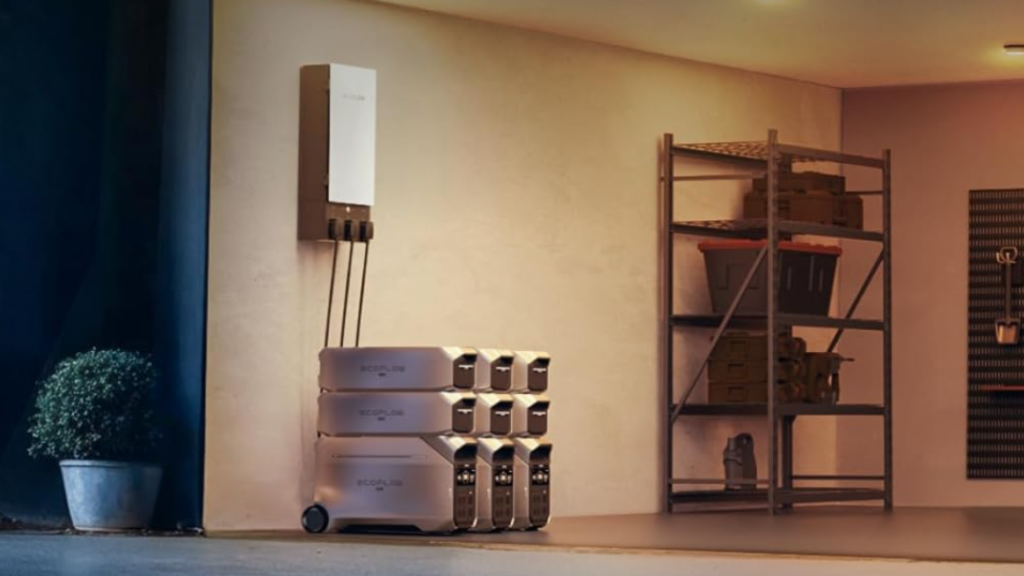
If the power is out for an extended period of time, these battery banks can also be charged with solar panels or generators.
Backup Generators
Backup generators remain a staple for many homes, providing an immediate and reliable source of power when the grid goes down.
From natural gas and diesel to propane or battery fueled, backup generators come in various types, each with its advantages. Natural gas generators are often preferred for their clean-burning fuel, while diesel and propane options provide portability and high power output.
Incorporating a backup generator into a home energy system ensures that critical appliances and systems continue running during extended outages. Modern generators can even be integrated with home energy management systems for seamless automatic switching when power is interrupted.
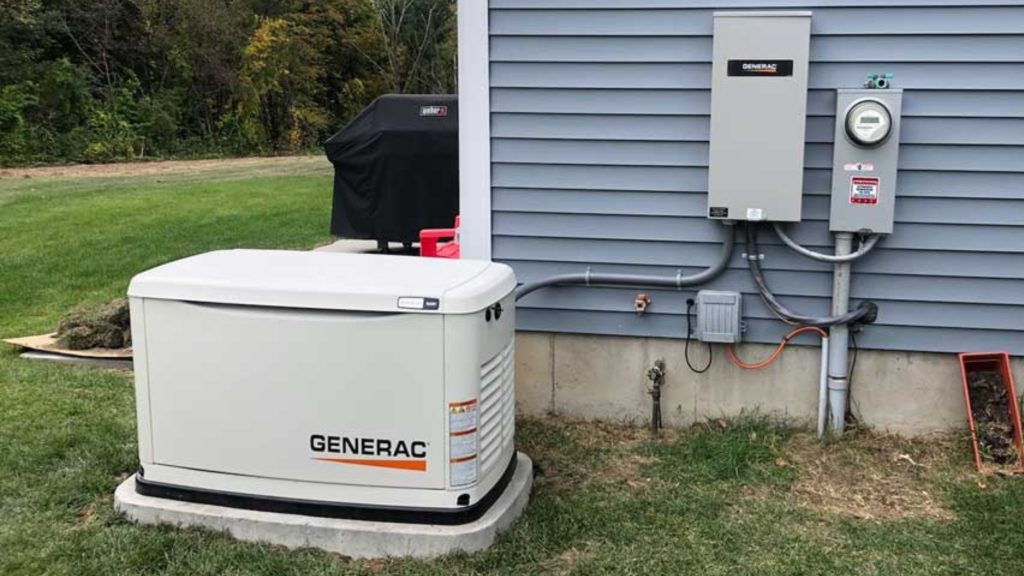
There are even whole house generators for under $7000 like the Generac that can run most homes on natural gas or LP.
Car Power Inverter: Turns Your Gas Car Into a Generator
An unconventional but practical solution is to use gas-powered vehicles as mobile power sources. With a car power inverter, you can tap into your vehicle’s energy supply and use it to power essential devices during short-term emergencies.
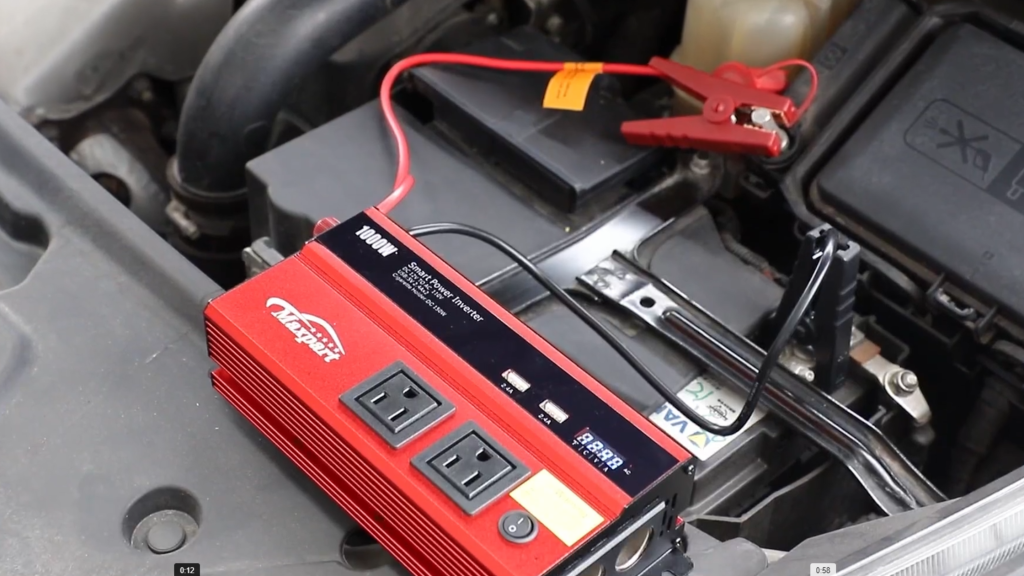
This is the minimum method to consider. They cost less than $100 and are ideal for those who already own gas vehicles and need a temporary solution to maintain power continuity without investing in a dedicated generator.
Electric Vehicles as Storage
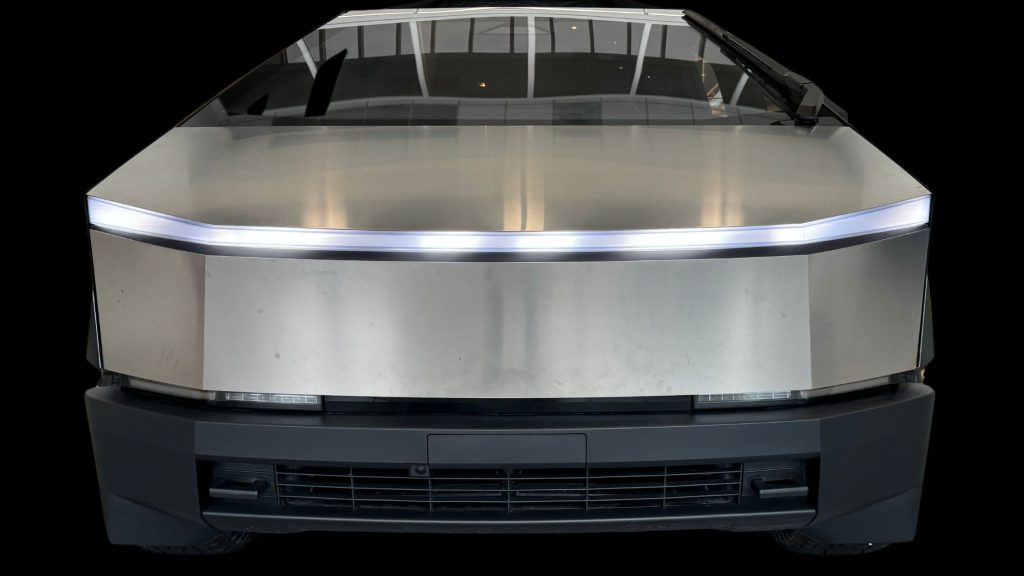
Bidirectional charging systems now allow electric vehicles to act as mobile batteries, supplying power back to the home during peak demand. This innovation extends the utility of EVs beyond transportation, making them an integral part of the home energy ecosystem.
The Tesla Cybertruck, the Ford Lightning pickup truck and many more EVs are now coming standard with bidirectional charging.
Small Wind and Hydroelectric Generators
For those who live near consistent wind or a flowing water source, windmills or small hydroelectric generators offer a sustainable and consistent source of power. While less common than solar, wind and hydroelectric systems can generate power continuously, day and night, as long as there is a reliable wind or water flow. This makes them particularly appealing for rural or off-grid properties with access to streams or rivers.
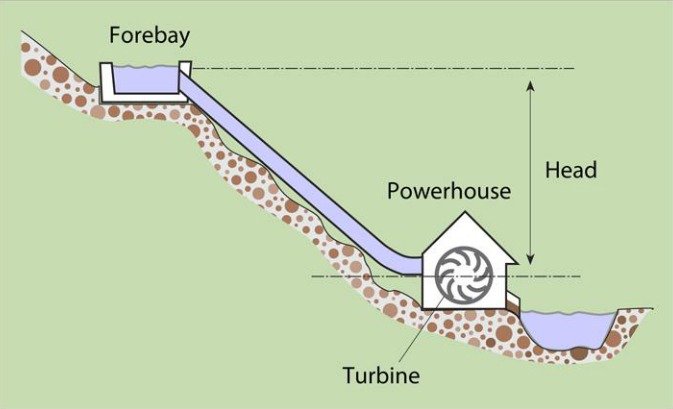
The cost of wind or hydro-electric generators that are capable of running the basic components in a small home can vary significantly depending on circumstances. But it’s safe to say that the cost is much higher per kilowatt than solar power.
The Department of Energy published a guide to see if small wind energy will work for your situation.
Any step you take toward more energy independence is a wise investment. In uncertain times, it may be the best investment you can make!
See Our Latest Posts
- Simple Recipes for DIY Herbal Salves and Balms
- Delicious One-Pot Homestead Meals from Pantry Staples
- 5 Best Meat Dehydrators for DIY Jerky on Amazon (2025)
- Urban Homestead Hacks from Backyard to Balcony
- Creative Strategies for Frugal Homesteading
Write A Guest Post For Us!
Are you passionate about gardening, raising livestock or preserving food? We’re excited to announce that we’re now accepting guest posts for all aspects of homesteading!

